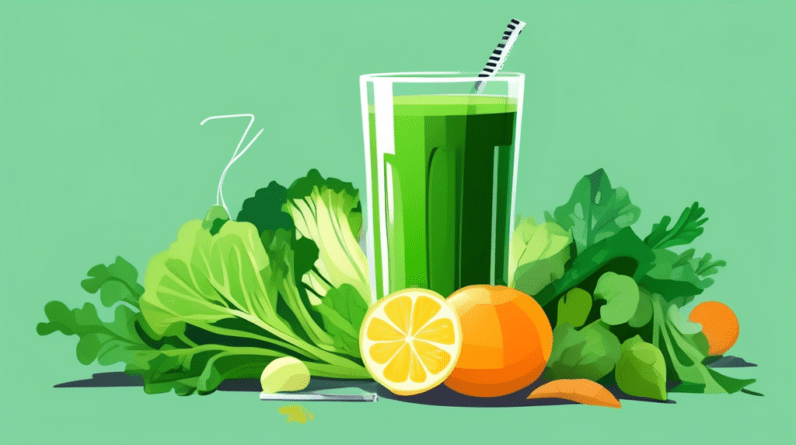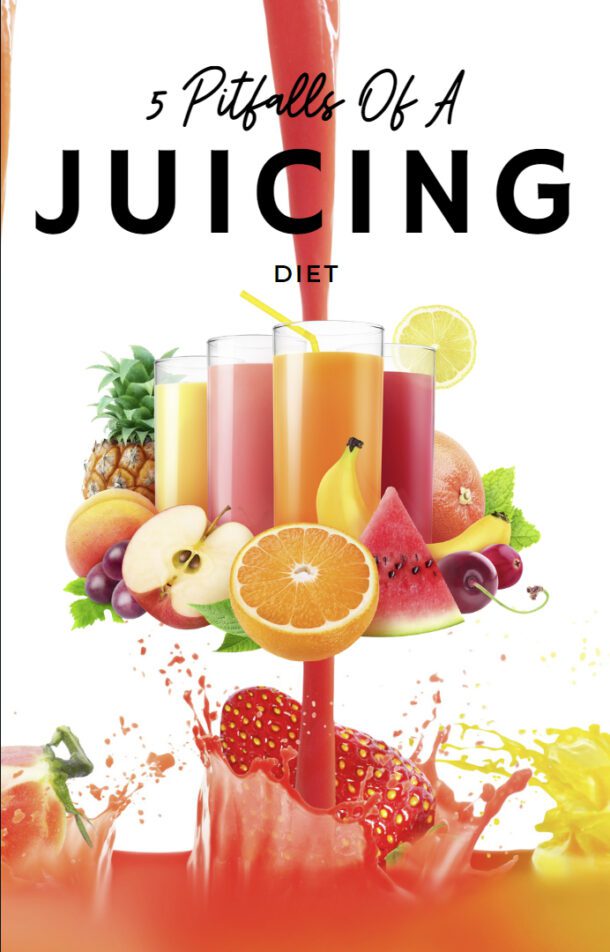
The Allure of Rapid Results
Let’s face it, who wouldn’t want a magic button for weight loss? We’ve all seen those tempting ads promising dramatic results in just a week, and juicing often finds itself in the spotlight. The idea of shedding pounds quickly by simply sipping on delicious, nutrient-packed juices is undeniably appealing. But before you jump on the juicing bandwagon, let’s take a closer look at what’s realistic and sustainable.
Understanding Weight Loss and Juicing
First things first, it’s important to understand that weight loss ultimately boils down to a simple equation: calories in versus calories out. To lose weight, you need to consume fewer calories than you burn. Juicing can play a role in this equation by potentially reducing your overall calorie intake, especially if you’re replacing high-calorie meals with lower-calorie juices.
However, the number of pounds you can lose in a week with juicing can vary significantly depending on several factors, including your starting weight, metabolism, overall diet, and exercise habits. It’s crucial to set realistic expectations and avoid falling into the trap of quick fixes.
The Pros and Cons of Juicing for Weight Loss
Like any approach to weight loss, juicing comes with its own set of advantages and disadvantages:
Pros:
- Increased fruit and vegetable intake: Juicing can be a convenient way to boost your intake of essential vitamins, minerals, and antioxidants.
- Reduced calorie intake: Replacing meals with juices can lead to a calorie deficit, promoting weight loss.
- Improved digestion: Juices are easier to digest than whole fruits and vegetables, giving your digestive system a break.
- Detoxification: Some believe that juicing helps remove toxins from the body, although scientific evidence is limited.
Cons:
- Loss of fiber: Juicing removes most of the fiber, which is essential for gut health and satiety.
- Potential for nutrient deficiencies: Juicing can lead to imbalances if not done correctly.
- Blood sugar spikes: Fruit juices can be high in sugar, leading to rapid blood sugar fluctuations.
- Sustainability challenges: Juicing can be time-consuming and expensive, making it difficult to maintain long-term.
Setting Realistic Expectations
While some individuals may experience rapid weight loss initially with juicing, it’s often due to water weight loss rather than fat loss. Sustainable weight loss typically occurs at a rate of 1-2 pounds per week. Focusing on long-term lifestyle changes, including a balanced diet and regular exercise, is key to achieving lasting results.
Tips for Safe and Effective Juicing
If you’re considering incorporating juicing into your weight loss journey, here are some tips to keep in mind:
- Focus on vegetables: Include plenty of low-sugar vegetables like leafy greens, celery, and cucumber in your juices.
- Limit fruit: Use fruits sparingly and opt for low-sugar options like berries and green apples.
- Don’t juice exclusively: Include whole fruits and vegetables in your diet to ensure adequate fiber intake.
- Listen to your body: Pay attention to your hunger cues and avoid overdoing it with juicing.
- Consult a healthcare professional: If you have any underlying health conditions, seek guidance before starting a juicing regimen.
Juicing as Part of a Balanced Lifestyle
Juicing can be a valuable tool for weight loss when used in conjunction with a healthy lifestyle. It’s not a magic solution, but it can help you increase your intake of fruits and vegetables, reduce calorie intake, and support your overall wellness goals. Remember, sustainable weight loss is a marathon, not a sprint. Focus on making gradual, lasting changes to your diet and exercise habits for long-term success.




